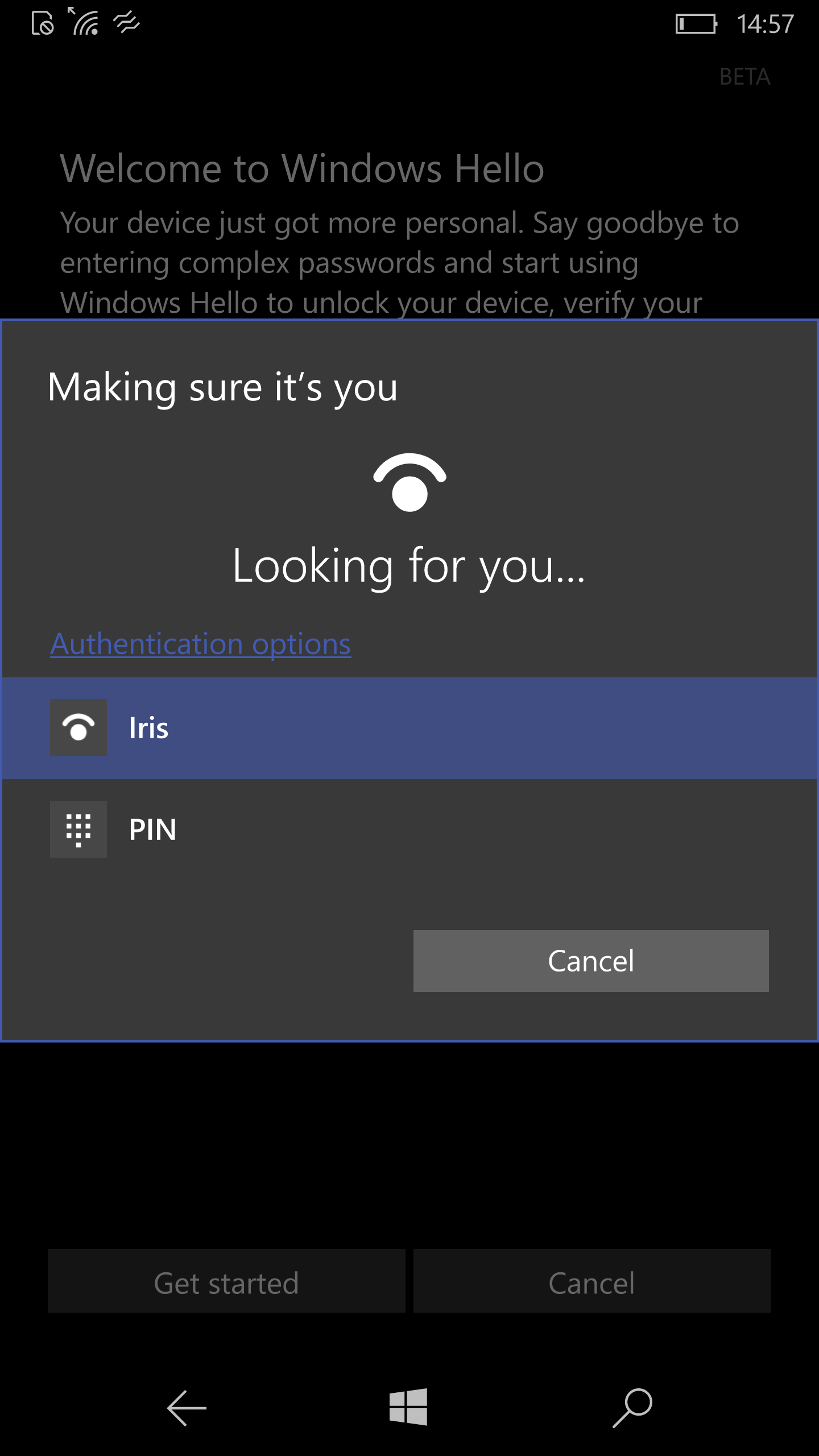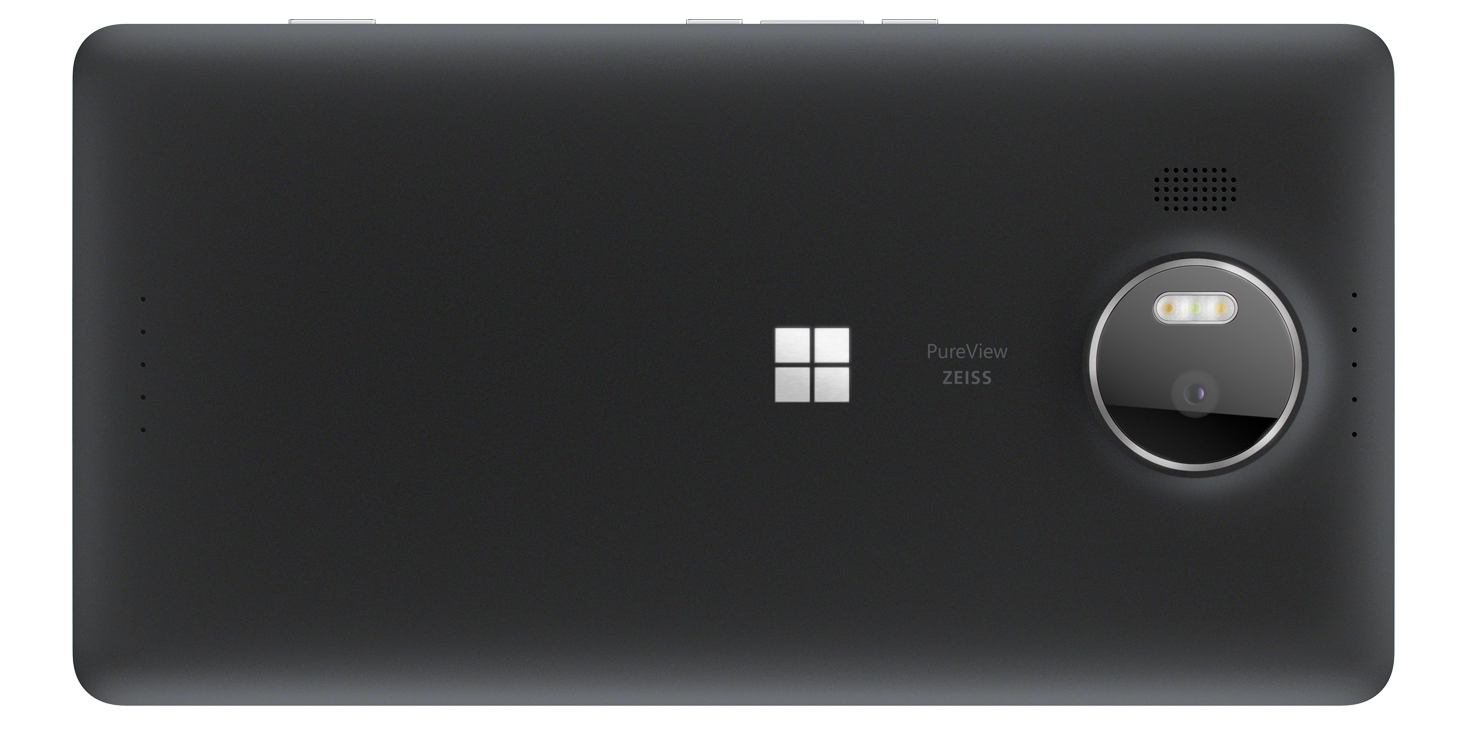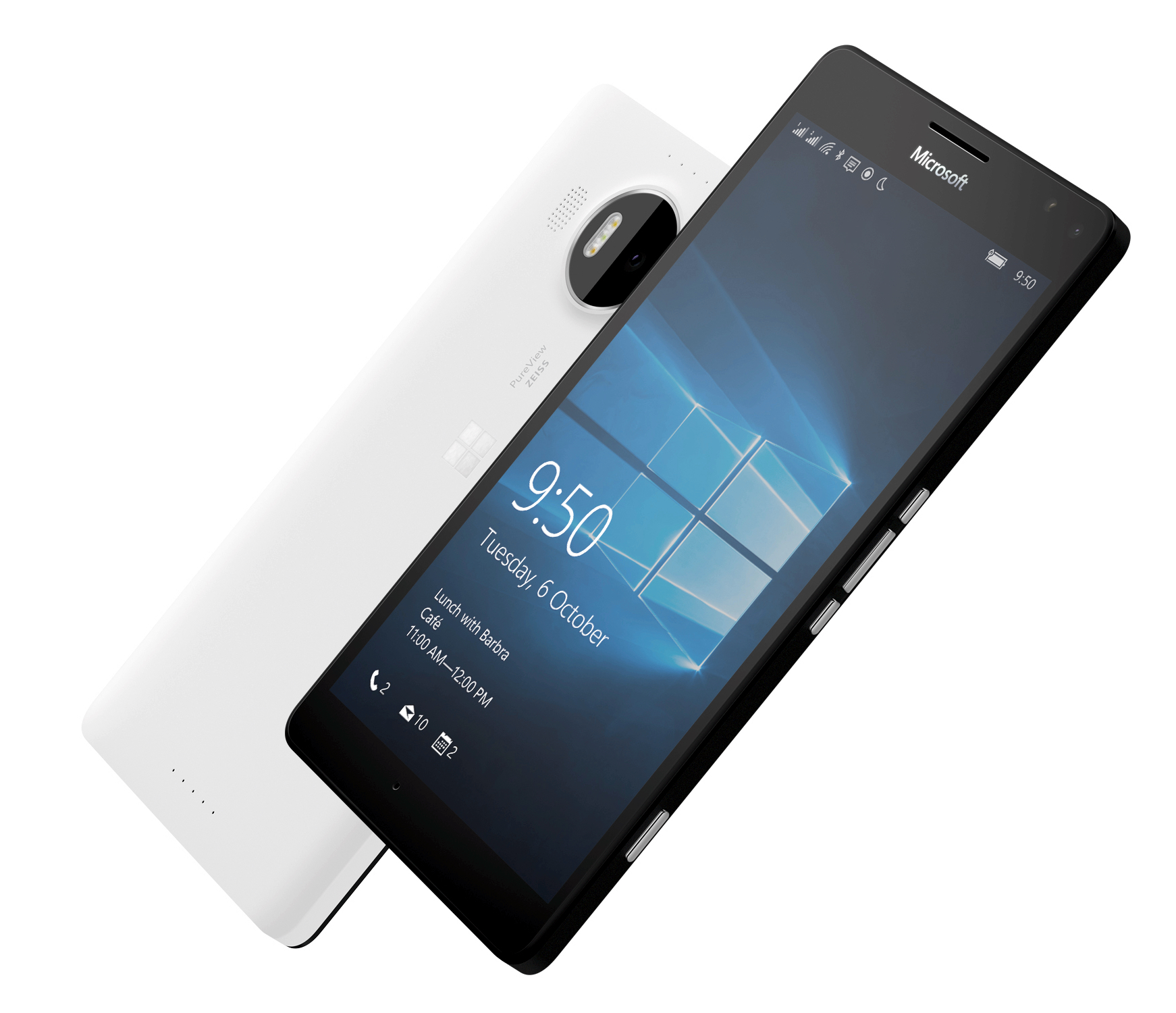Microsoft Lumia 950XL review
The phone you can unlock with your face

A good-enough phablet, but you’d need to have huge faith in Microsoft’s ability to catch up with its competitors to buy this Windows 10 Mobile phone over the Android and iOS alternatives
-
+
Windows Hello works surprisingly well; Good quality camera; Replaceable battery; micro SD slot
-
-
Windows Hello and Continuum both need refinement; Continuing app drought
Microsoft has always tried to strike a delicate compromise with its Windows Phone handsets, balancing Android-style flexibility with iPhone-style fit and finish. Much has changed, of course, since Redmond launched Windows Phone 7 back in 2010. There are now precious few Windows mobile manufacturers besides Microsoft itself, while many of Microsoft's best apps, notably Office, are available on Android and iOS.
This puts the Lumia 950 XL, Microsoft's new flagship phablet, and the rechristened Windows 10 Mobile in the odd position of having to differentiate itself from rival platforms without relying on the traditional exclusivity crutch of Office, Outlook and Exchange. The new platform does indeed have plenty of unique capabilities all its own.

Windows Hello
Unusually for a modern flagship smartphone, the Lumia 950 XL doesn't have a fingerprint reader for quickly and easily unlocking the phone in lieu of an easily forgotten passcode. It instead uses its front-facing camera and the Windows Hello eye and facial recognition system to recognise you on sight instead.
Windows 10 on desktops and laptops has a very similar feature that works very well, but it's more of a challenge on a smartphone as it has to work in an even wider variety of lighting conditions. The first problem we had to overcome though was in setting it up. One of IT Pro's staff members has a wandering eyeball which the Windows Hello setup wizard initially and stubbornly refused to recognise. Only by sitting very still and concentrating hard so that his eye didn't move at all for a minute or two, did the setup wizard deign to recognize his eyes.
Although this is admittedly an edge case, and a somewhat odd and hilarious outlier at that, it does show some of the limitations and trade-offs with eye and facial recognition.

Once this surreal rigmarole was complete, Windows Hello worked well even on a dimly lit London street at night although it wasn't as fast as the latest fingerprint readers on rival phones, taking several seconds to recognize a face. The one thing that it did have trouble with was movement walking briskly down that street and attempting to unlock the phone just wouldn't work. It's certainly possible quirks like this will be ironed out in future versions of Windows Hello, but for now it's not as instantaneously convenient as a fingerprint scanner and that's putting aside the use of fingerprints for ecommerce authentication on rival phones which has no equivalent on Windows 10 Mobile.
Continuum
We've looked at Windows Continuum running on the Lumia 950 with Apple's USB-C output adapter as we didn't have Microsoft's official Display Dock to hand. Now we do and while we're still impressed with Continuum's ability to turn a Windows 10 Mobile phone into an almost fully-fledged PC, simply by plugging a monitor, keyboard and mouse into the phone via a USB-C adapter, the same limitations remain.
Sign up today and you will receive a free copy of our Future Focus 2025 report - the leading guidance on AI, cybersecurity and other IT challenges as per 700+ senior executives
You can't have more than.one app or window on screen simultaneously and the responsiveness of the user interface can become sluggish especially if you have a lot of tabs open in Edge running complex webapps. You'll almost certainly have to use at least some webapps, as Windows phone apps have to be Universal' to work in Continuum mode.
Still, Microsoft's Dock is well made and helps make Continuum as good as it can be given its current limitations. It worked seamlessly with our HDMI monitor at the full supported 1080p resolution unlike third-party, officially unsupported docks. You can connect a monitor via either HDMI or Displayport. There are three USB2 ports for connecting storage printers and other peripherals won't work due to the lack of drivers. The Dock itself is made out of sturdy metal with a non-slip rubberised bottom so it doesn't slide around your desk.

Besides the sluggishness and lack of Universal apps compatible with Continuum mode, the biggest problem with this still technically impressive mode is the real lack of purpose for it. Given its restricted capabilities, it's of most use in scenarios such as digital signage, limited use terminals in public spaces such as libraries and lobbies and perhaps hot desking for employees who only have basic computing tasks.
Update: HP has announced its own Windows 10 Mobile smartphone, the Elite X3. This phone can dock with its own inexpensive laptop accessory, either by USC-C or wirelessly, so you can use it for tasks that benefit from a bigger screen and a keyboard.
If using your phone as an inexpensive laptop is appealing but you want to stuck with Microsoft's Lumias, then the crowd funded Nexdock will appeal. This third-party MacBook Air-lookalike laptop dock doesn't just work with Windows 10 Mobile it can also be used with stick PCs and Raspberry Pi computers and as a more limited wireless display for Android and iOS devices.
We've covered many of the other new features of Windows 10 Mobile in our Lumia 950 review. Although less visually distinctive than Windows Phone 7 and 8, it's still a slick mobile operating system hampered by the continuing lack of apps and apps that are kept up-to-date too.
Casing and USB-C
Like the smaller 950, the Lumia 950XL has a black plastic casing that's not only boxy but very plain compared to the curvier and more colourful Lumias of years past. The only stylistic flourish is the attractive glass and metal frontage of the protruding camera lens. Unusually, there's both a replaceable battery and a micro SD slot.


Like an increasing number of smartphones, the 950XL has a USB-C port instead of the ubiquitous micro USB. This not only ensures fast charging, but the reversible connector means it doesn't matter which way up you plug in the cable.
Unsurprisingly for a 5.7in phablet, this phone requires two-handed use unless you have massive paws. Single-handed use, especially if you have small hands, is out of the question.
Display and Performance
The screen does look good though with great colour accuracy and contrast as expected for an AMOLED screen. It's very sharp too thanks to the high resolution of 2560x1440 pixels. The one hiccup is brightness. While far from dark, it's not the brightest screen we've seen so you may have trouble using it outside on a very sunny day.
Other reviewers have complained of inconsistent performance and responsiveness on the 950XL. The eight-core Snapdragon 810 processor and 3GB of memory never had any trouble providing a smooth experience, no matter what app we were using which is certainly more than can be said when the same CPU is grappling with Continuum.
One mild area of disappointment was battery life. While 13 hours of video playback is nothing to sneeze at, other phablets managed to last a couple hours longer. It lasted just under 24 hours when connected to EE's 4G network in central London and used for a mixture of photography, web browsing, calls and GPS which is a little less than we'd expect for a phone of this size.

Conclusions
It's no surprise that the Lumia 950XL is essentially just a bigger version of the 950 with all the benefits and disadvantages that entails. The few people invested in Microsoft's mobile operating system will love it, but there's little in the hardware to attract new fans. The same applies to Windows 10 Mobile itself. The dearth of apps is a major problem and the operating system's few distinctive features, Continuum and Windows Hello, aren't yet polished enough to be real draws. Microsoft, alas, remains stuck in a distant third place in both the mobile marketplace and our affections.
This review was first published on 18/01/2016 and has since been updated, most recently on 26/02/2016.
Verdict
A good-enough phablet, but you’d need to have huge faith in Microsoft’s ability to catch up with its competitors to buy this Windows 10 Mobile phone over the Android and iOS alternatives
| Processor | Octa-core 2.0GHz Qualcomm Snapdragon 810 |
| Screen size | 5.7in |
| Screen resolution | 2,560x1,440 |
| Rear camera | 20 megapixels |
| Storage | 32GB (29.1GB) |
| Wireless data | 3G, 4G |
| Size | 152x78x8.1mm |
| Weight | 165g |
| Operating system | Windows 10 |
| Warranty | One year RTB |
| Details | www.microsoft.com |
| Part code | RM-1085 |
-
 Hacker offering US engineering firm data online after alleged breach
Hacker offering US engineering firm data online after alleged breachNews Data relating to Tampa Electric Company, Duke Energy Florida, and American Electric Power was allegedly stolen
By Emma Woollacott Published
-
 Infosys teams up with AWS to fuse Amazon Q Developer with internal tools
Infosys teams up with AWS to fuse Amazon Q Developer with internal toolsNews Combining Infosys Topaz and Amazon Q Developer will enhance the company's internal operations and drive innovation for customers
By Emma Woollacott Published
-
 Lisa Su says AI is changing AMD’s hiring strategy – but not for the reason you might think
Lisa Su says AI is changing AMD’s hiring strategy – but not for the reason you might thinkNews AMD CEO Lisa Su has revealed AI is directly influencing recruitment practices at the chip maker but, unlike some tech firms, it’s led to increased headcount.
By Ross Kelly Published